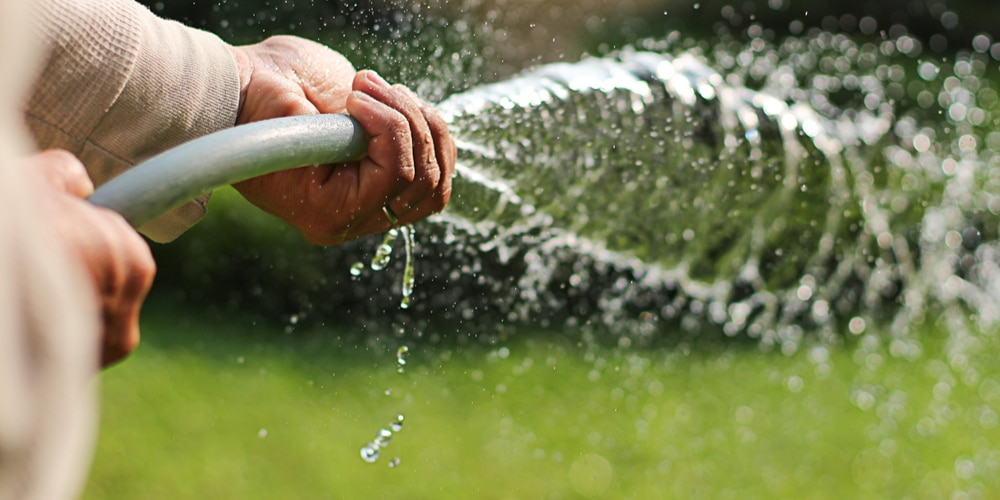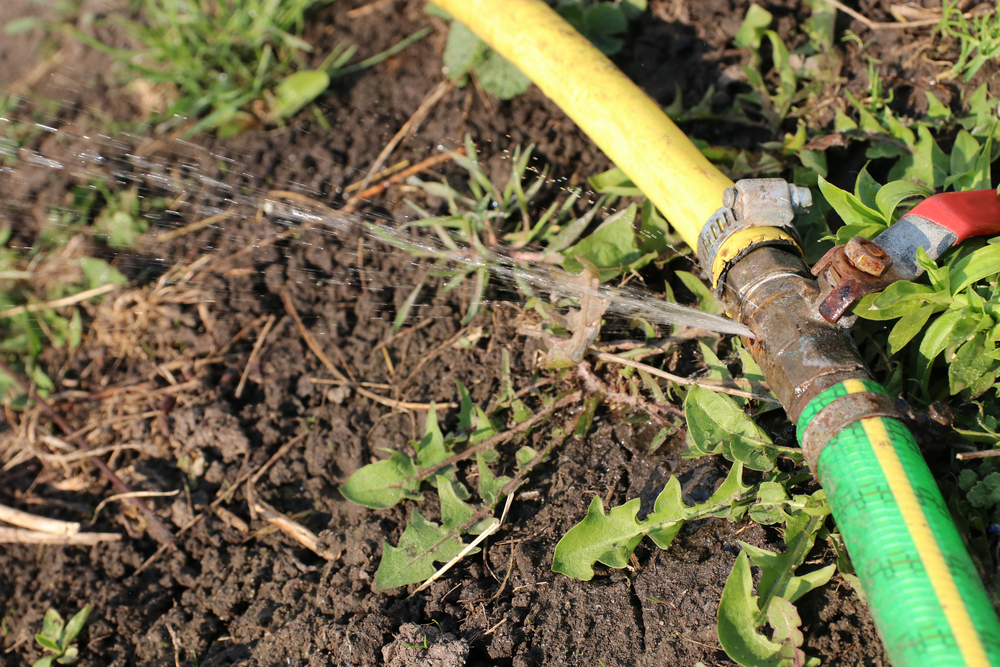Do you have two different garden hose sizes, and do you want to connect them together? Or are you trying to extend the reach of your garden hose? In either case, you can connect two garden hoses together with different methods. In this article, we’ll show you how to do just that.
Different Methods to Connect Garden Hose

There are several ways that you can go about connecting garden hoses together, depending on your needs. Let’s take a look at a few of the most common methods.
Threaded Connection
The most common method to connect two garden hoses is the threaded connection. In order to establish this connection, you must first attach a coupling nut to one end of each hose. The coupling nuts should be tightened by hand until they are snug. Next, take the two hoses and screw them together until the coupling nuts are tight against each other.
This type of connection is generally considered to be the most secure, as it provides a strong seal that is resistant to leaks. Additionally, the threaded connection can be easily disconnected by simply unscrewing the two hoses from each other.
One of the disadvantages of the threaded connection, however, is that it can be difficult to establish a tight seal if the coupling nuts are not properly aligned. This can often happen if the hoses are of different sizes. Another disadvantage is that the threaded connection can be challenging to disconnect if the hoses are particularly tightly screwed together.
Quick Connect Fittings
Quick connect fittings are one of the easiest ways to connect two garden hoses. They have a male and female end that fit together snugly, making it easy to quickly attach and detach hoses as needed. In addition, they provide a tight seal that prevents leaks. Quick connect fittings are available in a variety of sizes and materials, so you can find one that fits your needs.
This is ideal for those who need to frequently change out their garden hoses or for those who want an easy way to connect and disconnect their hoses.
Hose Coupling
A hose coupling is a fitting that is attached to the end of each garden hose. To connect the hoses, simply insert one end of one hose into the other and tighten the screws on the coupling. This type of connection is similar to the threaded connection, but it does not require the use of coupling nuts.
When choosing this method, ensure you know your hose’s diameter size. Coupling sizes are not always standardized, so you want to make sure you get a coupling that is the right size for your garden hoses.
Hose Clamps
Hose clamps are one of the most popular methods for connecting two garden hoses. Also known as hose menders, they are simple to use and can be found at most hardware stores. To use a hose clamp, simply slide it over the end of one hose and screw it tight. Then, do the same with the other hose.
The two hoses will now be securely connected. While hose clamps are effective, they can be difficult to remove once they are in place. For this reason, many gardeners prefer to use other methods.
Duct Tape
If you find yourself in a pinch and need to connect two garden hoses in a hurry, duct tape is always a good option. Simply line up the two ends of the hose and wrap the tape around them securely. The downside of this method is that it’s not always the most aesthetically pleasing, and over time the tape can degrade in the sun and wind.
Final Thoughts
Now that you know how to connect two garden hoses, you can easily extend the reach of your hose or attach different sizes together. With the right method, you can create a strong and reliable connection that will hold up against leaks. Be careful when you use temporary solutions like duct tape, as they may not last as long as you need them to.
